Kidneys are injured more often than any of the organs along the urinary tract from external trauma.
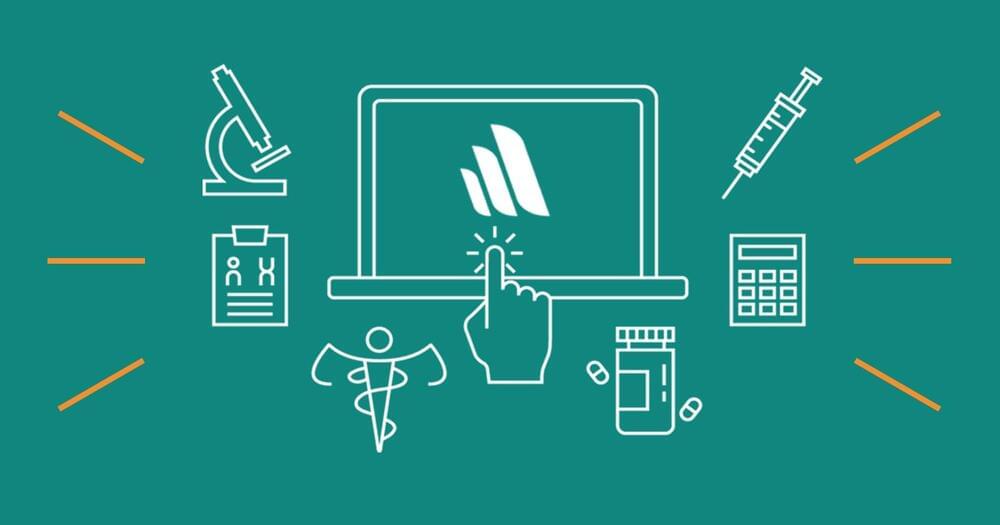

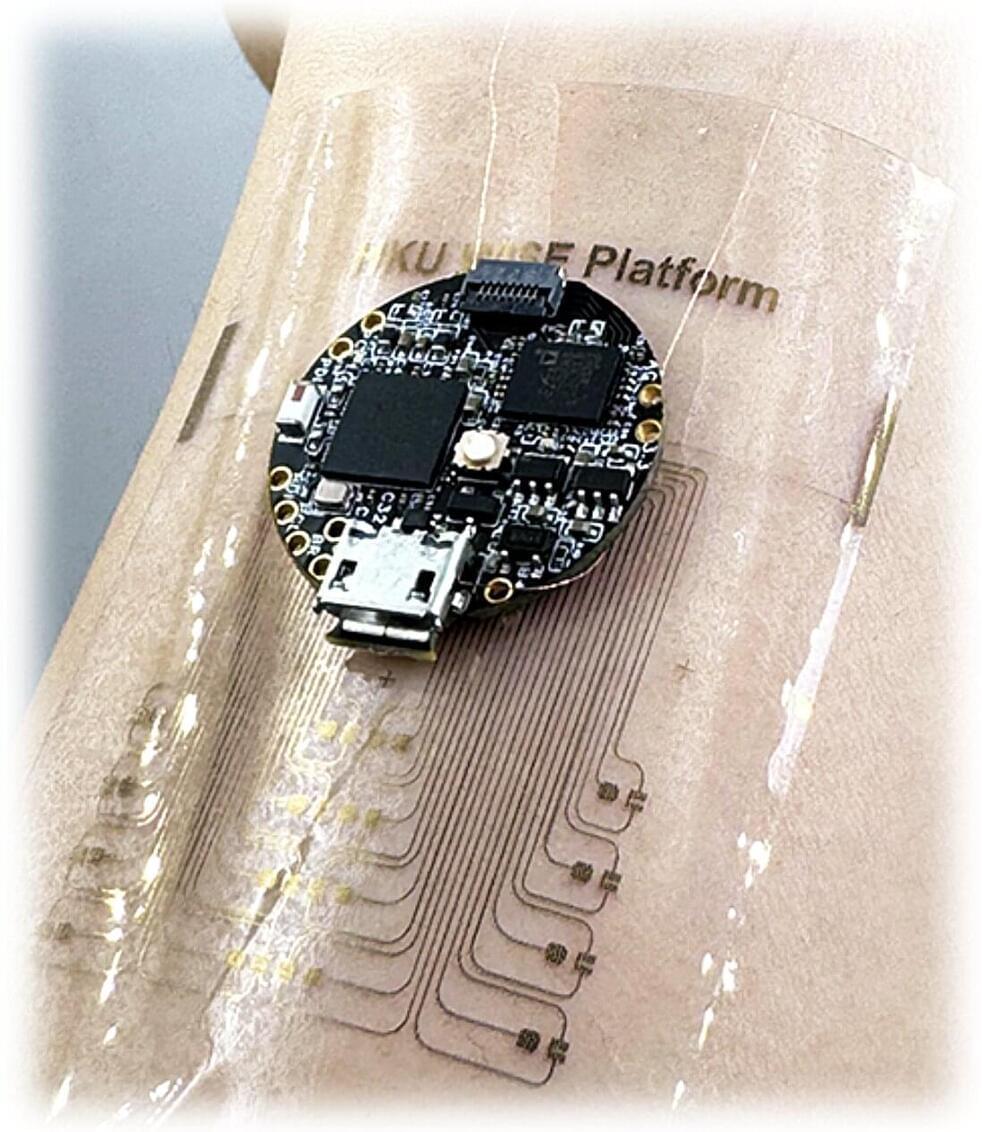
Organic electrochemical transistors (OECTs) are neuromorphic transistors made of carbon-based materials that combine both electronic and ionic charge carriers. These transistors could be particularly effective solutions for amplifying and switching electronic signals in devices designed to be placed on the human skin, such as smart watches, trackers that monitor physiological signals and other wearable technologies.
In contrast with conventional neuromorphic transistors, OECTs could operate reliably in wet or humid environments, which would be highly advantageous for both medical and wearable devices. Despite their potential, most existing OECTs are based on stiff materials, which can reduce the comfort of wearables and thus hinder their large-scale deployment.
Researchers at the University of Hong Kong have developed a new wearable device based on stretchable OECTs that can both perform computations and collect signals from the surrounding environment. Their proposed system, presented in a paper published in Nature Electronics, could be used to realize in-sensor edge computing on a flexible wearable device that is comfortable for users.
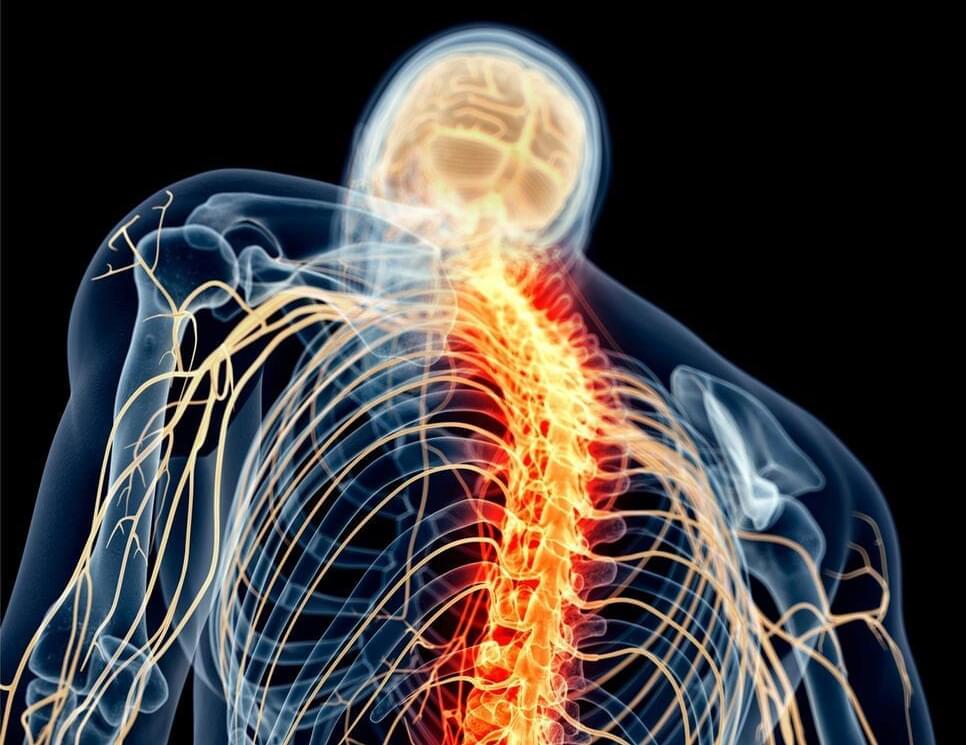
A recent study from the University of California San Diego School of Medicine, investigating meditation as a treatment for chronic lower back pain, has revealed that men and women use different biological mechanisms for pain relief. Men primarily rely on the release of endogenous opioids, the body’s natural painkillers, whereas women depend on alternative, non-opioid pathways to manage pain.
Synthetic opioid drugs, such as morphine and fentanyl, are the most powerful class of painkilling drugs available. Women are known to respond poorly to opioid therapies, which use synthetic opioid molecules to bind to the same receptors as naturally occurring endogenous opioids. This aspect of opioid drugs helps explain why they are so powerful as painkillers, but also why they carry a significant risk of dependence and addiction.
“Dependence develops because people start taking more opioids when their original dosage stops working,” said Fadel Zeidan, Ph.D., professor of anesthesiology and Endowed Professor in Empathy and Compassion Research at UC San Diego Sanford Institute for Empathy and Compassion. “Although speculative, our findings suggest that maybe one reason that females are more likely to become addicted to opioids is that they’re biologically less responsive to them and need to take more to experience any pain relief.”
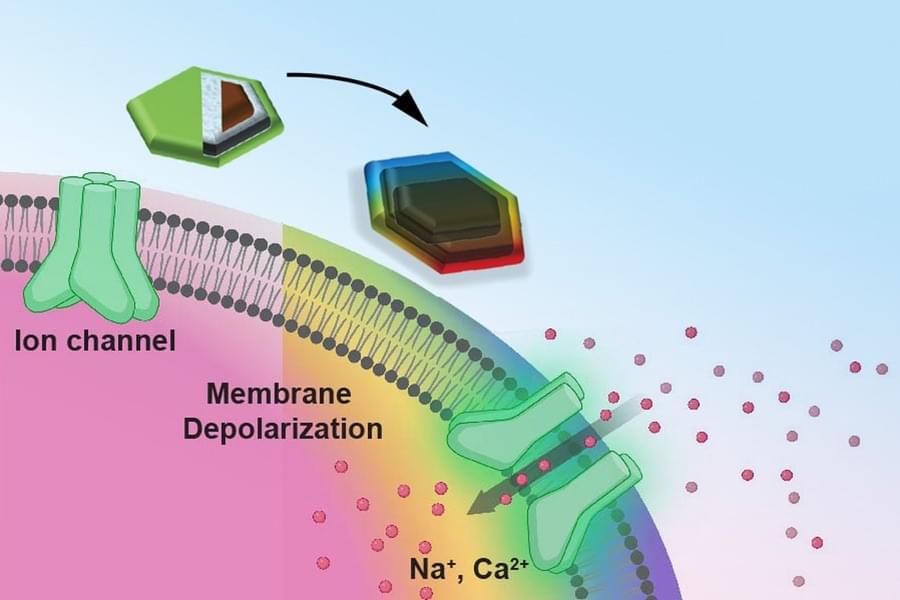
Anikeeva added, “Yes, it is a record-breaking particle, but it’s not as record-breaking as it could be.”
Although that is still a work in progress, the team has ideas about how to move forward.
Large-scale safety studies are one of the additional steps that would be necessary to move these nanodiscs from basic research using animal models to clinical use in humans, “which is something academic researchers are not necessarily most well-positioned to do,” according to Anikeeva.

Research from the University of California, Irvine has revealed how disruption of the circadian clock, the body’s internal, 24-hour biological pacemaker, may accelerate the progression of colorectal cancer by affecting the gut microbiome and intestinal barrier function. This discovery offers new avenues for prevention and treatment strategies.
The study, published online today in the journal Science Advances, offers a more comprehensive understanding of how important changes occur in the function and composition of the gut microbiome when the circadian clock is disturbed in the presence of colorectal cancer.
“There is an alarming rise in early-onset colorectal cancer in adults under the age of 50,” said corresponding author Selma Masri, associate professor of biological chemistry. “Circadian misalignment through extended light exposure, late-night meals and other environmental factors could [be] driving these cases. Our study suggests that clock disruption, particularly through lifestyle choices, may play a significant role in gut health and, subsequently, cancer risk.”
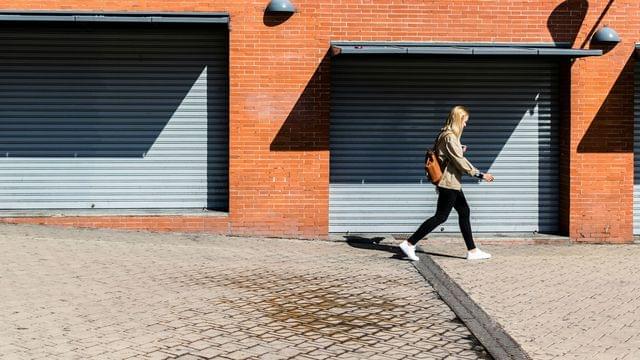
Imagine tires that charge a vehicle as it drives, streetlights powered by the rumble of traffic, or skyscrapers that generate electricity as the buildings naturally sway and shudder.
These energy innovations could be possible thanks to researchers at Rensselaer Polytechnic Institute developing environmentally friendly materials that produce electricity when compressed or exposed to vibrations.
In a recent study published in the journal Nature Communications, the team developed a polymer film infused with a special chalcogenide perovskite compound that produces electricity when squeezed or stressed, a phenomenon known as the piezoelectric effect. While other piezoelectric materials currently exist, this is one of the few high-performing ones that does not contain lead, making it an excellent candidate for use in machines, infrastructure as well as bio-medical applications.

In 2005, the futurist Ray Kurzweil predicted that by 2045, machines would become smarter than humans. He called this inflection point the “singularity,” and it struck a chord. Kurzweil, who’s been tracking artificial intelligence since 1963, gained a fanatical following, especially in Silicon Valley.
Now comes The Singularity is Nearer: When We Merge with A.I. where Kurzweil steps up the Singularity’s arrival timeline to 2029. “Algorithmic innovations and the emergence of big data have allowed AI to achieve startling breakthroughs sooner than expected,” reports Kurzweil. From winning at games like Jeopardy! and Go to driving automobiles, writing essays, passing bar exams, and diagnosing cancer, chunks of the Singularity are arriving daily, and there’s more good news just ahead.
Very soon, predicts Kurzweil, artificial general intelligence will be able to do anything a human can do, only better. Expect 3D printed clothing and houses by the end of this decade. Look for medical cures that will “add decades to human life spans” just ahead. “These are the most exciting and momentous years in all of history,” Kurzweil noted in an interview with Boston Globe science writer Brian Bergstein.
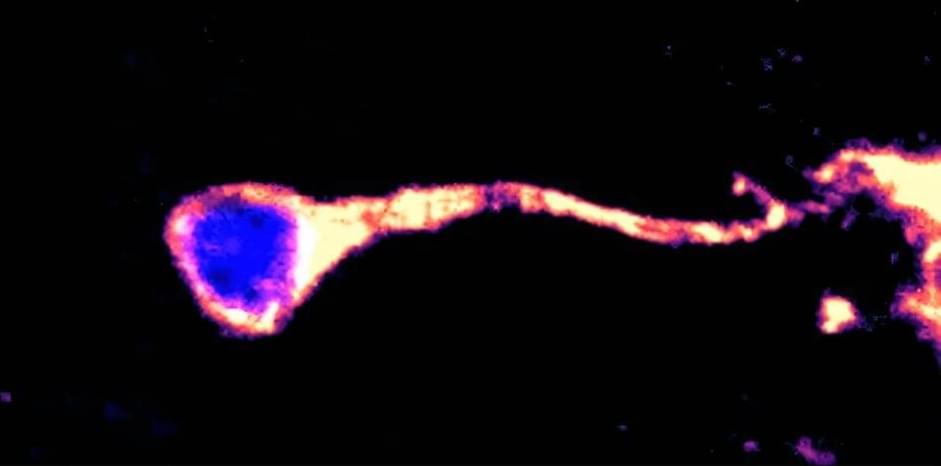
An international team of neuroscientists, led by Duke-NUS Medical School, have uncovered a mechanism that controls the reactivation of neural stem cells, which are crucial for repairing and regenerating brain cells.
The research, published in Nature Communications, offers exciting potential for advancing our understanding and treatment of common neurodegenerative diseases like Alzheimer’s and Parkinson’s disease.
Neural stem cells are the source of the brain’s primary functional cells. After the initial development of the brain, neural stem cells typically enter a dormant state, conserving energy and resources. They re-awaken only when the brain needs them, such as after an injury or with physical exercise.
Enjoy the videos and music you love, upload original content, and share it all with friends, family, and the world on YouTube.

Although UBTech is leaving 10% of work for humans in management, other AI tech is being specifically developed for that niche: OpenAI’s new framework, Swarm, allows AI agents to collaborate and independently execute complex tasks, potentially boosting business efficiency.
Artificial intelligence agents are everywhere, quietly reshaping industries and automating tasks we didn’t think possible a few years ago. Unlike basic automation, these AI agents can handle complex jobs, think independently and learn from their environment. The result? Healthcare, finance and logistics businesses are seeing rapid gains in efficiency — and, in some cases, doing away with manual work altogether.
What are AI agents exactly? They’re software programs that carry out specific tasks without constant supervision. Whether handling customer requests, diagnosing medical conditions or predicting market trends, AI agents are versatile workhorses. Instead of waiting for humans to input every command, these agents operate autonomously, reacting to real-time data and adjusting their actions accordingly.
Microsoft recently unveiled new AI tools allowing healthcare organizations to build customized AI agents for appointment scheduling, clinical trial matching, and patient triage. These agents are designed to streamline workflows and improve efficiency, helping healthcare providers manage workloads and enhance patient care.